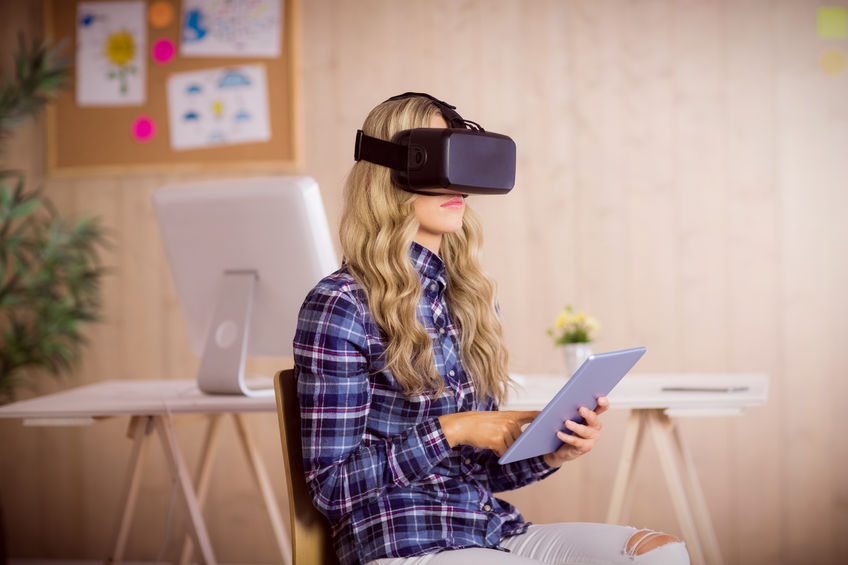Augmented reality, the term, was coined in the 1990s, the research for augmented reality had commenced in the 1970s. Significant advances could not be made in early days of the research because computers with necessary processing power did not exist. Digital camera and electronic chip were also in rudimentary stare. Two American scientists named Edward Thorpe and Claude Shannon pioneered in this direction. In the decade of 1980s they developed a cigarette box size computer using microchip. This computer could be strapped on one’s wrist like wrist watch. It was the first-ever wearable computer but it was followed by hiatus of some years during which there was little progress in the field of augmented reality. More importantly, miniaturization of appliances like microphone, speaker, camera and projector etc. was yet to commence. Further, researchers were not clear in their own minds about how such application could be harmonized or adapted for augmented reality
There are two kinds of people in this world: Those who believe in the potential of VR and AR technologies. And, others who haven’t tried it yet. And if you are one of them who have not tried it yet, go buy some kind of VR/AR headset and immerse yourself in world of 3D and experiences that you have never seen or felt before. Whether you use popular but cheap Google cardboard & Daydream or an expensive HTC vive and Oculus Rift, you will be definitely exposed to the power of VR technology. AR is result of advancement & increased power of computation along with exceeded boundaries of developer for creativity and intelligence. .
Augmented reality (AR) is a technology that layers computer-generated enhancements atop an existing reality in order to make it more meaningful through the ability to interact with it. The Augmented reality does not do away the real or actual world but it adds to or it augments the actual the actual or the real world. The data whether in verbal, non-verbal, video, audio or statistics etc. forms in which it is provided actual increase or augments the reality of the person concerned. Augmented reality on the other hand will usually use either glasses or a pass-through camera so that the user can see the real world around them in real time. Digital elements will then either be projected onto the glass, or will be shown on the screen on top of the camera feed.
AR is developed into apps and used on mobile devices to blend digital components into the real world in such a way that they enhance one another, but can also be told apart easily. Augmented reality is being used more and more in mobile devices such as laptops, smart phones, and tablets to change how the real world and digital images, graphics intersect and interact.
Pokémon Go for example is an example of AR being used in a very mainstream way, as are the filters in Snapchat. Lesser known is something like Wikitude, which is an ‘augmented reality SDK’ for overlaying ‘location based’ information in apps. .
Now it’s time to get yourself HMD (Head mounted Display) or so called VR/AR viewers to experience your first AR application. HTC vive or Oculus Rift would be ideal to try your VR application which allows 6 DOF (Degree of Freedom) to create immersive room scale experience. But it also requires high-end computation power along with top-tier graphics and memory that you won’t probably find in conventional laptops. But if you are tight in budget you can try Google cardboard or Gear VR that restricts your movements to 3 DOF. 3 DOF implies that you will have the capacity to explore in X, Y, Z directions by the movement of your HMD in the Virtual condition but you wouldn’t have the capacity to move or touch anything. Though it does not require any high-end devices but just smartphone with built in gyroscope.





